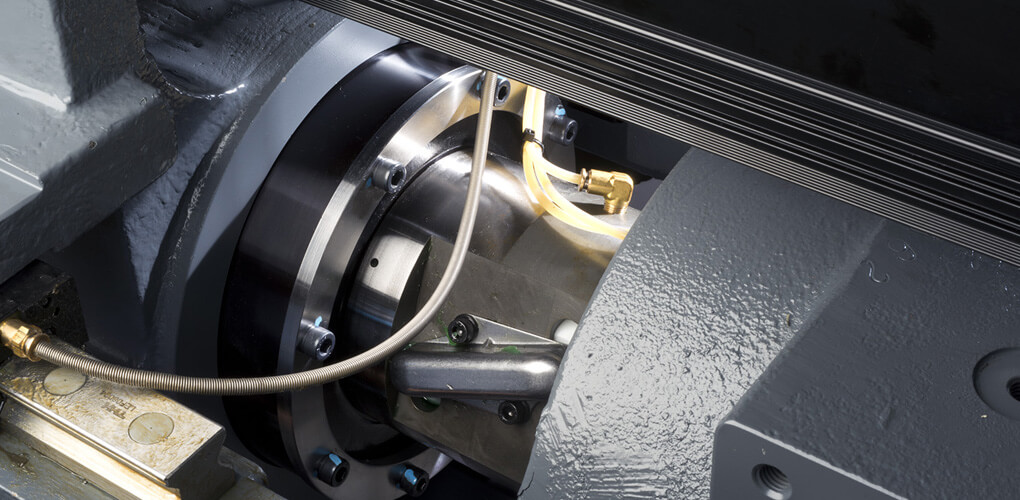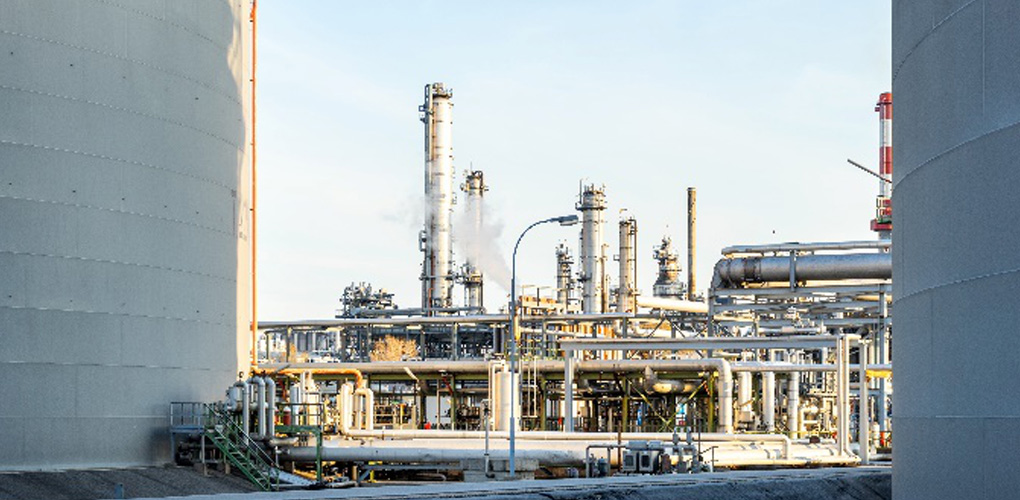9 Core Elements of Silicon Pressure Transmitter
Structural structure of a silicon pressure transmitter
Let's consider the 9 main elements of silicon pressure transmitter in more detail:
![]()
1.Cable gland
It serves for sealed entry of the electrical cable into the sensor. Typically, a gland type PG9 is common, but there are other connection options - PG16, M20x1.5, etc.
2.Terminals
Terminal is common to connect electrical wires directly to the sensor. Most pressure measuring instruments have a 2-wire connection with a 4 to 20 mA output signal.
3.Power / Isolation Board
This board distributes electrical power to all electronic components in the transmitter. Explosion-proof devices with the help of this board implement the function of intrinsic protection. In inexpensive silicon pressure transmitter, the converter board and the power board are usually combined.
4. Electronics housing
Here a pressure sensor element is common. This houses the power board and the converter board.
5. The converter board
Convertor board is one of the most important components of a pressure measuring device. It converts the signal directly from the primary sensor into a unified electrical current or voltage signal.
6. The sensor body
Sensor body is the main mechanical part that constitutes the “body” of the instrument.
7. Wires and breathing tube
The wires are the cable stub that connects the converter board, and the sensor leads. The atmospheric tube is common in vacuum and gauge pressure transmitters to relate the sensing element to atmospheric pressure.
8. Process connection
It is common to physically connect the silicon pressure transmitter to a process, pipeline, apparatus, or vessel. The most common threaded manometric connection G1 / 2 "according to DIN 16288 and thread M20x1.5.
Also, you can often find connections G1 / 4" and G1 ", as well as flange connections. There are special sanitary connections, for example, in the food industry are common: dairy nut DIN 11851, DRD flange and Tri-clamps.
9. A pressure sensor
also called a primary transducer, is one of the basic elements of any pressure measuring device. The pressure sensor converts the pressure acting on it into an electrical signal to then unify it on the converter board.
Methodologies for signal conversions
There are several ways to convert pressure to an electrical signal. (like silicon pressure transmitter). The industry uses capacitive, inductive, and tenso-resistive conversion methods. However, the most common today is the strain gage pressure conversion method.
Tenso-resistive method
The tenso-resistive method is based on such a phenomenon as the strain effect in metals and semiconductors. Strain gages connected in a Wheatstone bridge circuit change their resistance under pressure, which leads to an imbalance in the bridge. Its proportional to the deformation of the resistors
4 types of silicon pressure transmitter
There are 4 main types of silicon pressure transmitter on the market, the principle of which is based on the strain-resistive conversion method:
1-Thick-film sensors on a metal / ceramic membrane –
This is one of the cheapest types of sensors. Moreover, these are common to produce inexpensive models for non-aggressive media such as air, water, or steam. These are easily available and are hence common extensively.
2. Thin film steel diaphragm sensors
These diaphragm sensors are specially designed for use in high pressure transmitters, operate with media over 100 bar. They have good linearity and repeatability in high pressure applications.
3. Ceramic strain-gauge sensors
This type of sensor is common for high-precision measurement of the pressure of media that are not aggressive towards the ceramic material, excluding food products and viscous media. Moreover, it is the most common type of pressure sensors.
- Silicon Strain Gauges
Typically, silicon pressure transmitter is common in conjunction with a protective stainless steel isolating diaphragm. They have high accuracy in measuring the pressure of various media. The use of a welded stainless steel separating diaphragm. In this type of sensor allows them to be common in the food industry and for viscous media.
Silicon pressure transmitter and its usage
There are a huge number of silicon transmitter on the market today, designed for a wide range of applications. The task of the system developer is both to understand the purpose and suitability of these proposals for solving a specific problem, and to make the best choice and give preference to a particular product from a variety of options.
![]()
How to select for yourself best silicon pressure transmitter
Selecting a silicon pressure transmitter for a given application involves specifying a pressure transducer and proceeds roughly in the following sequence:
- Firstly, analysis of electrical interface requirements (analog or digital output signal)
- Secondly, taking in consideration the requirements of mechanical based installation
- And system cost accounting
- Above all, optimal sensor selection
Silicon pressure transmitter and the modern market
For the modern market of pressure sensors optimal choice of a device can be made within the product line of the same specialized manufacturer. Also, many of them have long been firmly established in the market for a long-time work by improving at least one selected technology and maximizing its capabilities in each application.
Applications of silicon pressure transmitter
The following range of applications stands out:
- Firstly, general industrial
- Additionally,silicon pressure transmitter for housing and communal services
- Also, automobile
- Moreover, medical
- special purpose (for food, chemical, oil or gas industry, for use on ships)
- Lastly, OEM
Silicon pressure transmitter classification by type
By the type of pressure being measured, sensors are distinguished:
- Firstly, absolute pressure
- Secondly, overpressure
- Differential pressure
Silicon transmitter classification based on nominal range
Sensors are distinguished according to the nominal range:
- High and ultra-high pressure (P> 60 mpa)
- Also, low, ultra-low pressure (P <0.1 mpa)
- Moreover, medium pressure (0.1 ≤ P ≤ 60 mpa)
Metrological and operational; silicon pressure transmitter
Based on silicon pressure transmitter ‘s metrological and operational characteristics, the sensors are subdivided into:
- Firstly, economical
- Secondly, high precision
- Moreover, multiparameter
- Lastly, smart sensors
Silicon pressure transmitter by type of measured medium:
- Non-aggressive gases and liquids
- Additionally, corrosive gases and liquids
- Not only, food environments
- But also, viscous media
- Lastly, abrasive media
Tenso-resistive and capacitive Sensors
Among the types of sensors, there are tenso-resistive and capacitive, as well as their modifications:
- Firstly, sensors with strain-resistive sensor based on silicon monocrystal
- Secondly, pressure sensors with thin-film metal sensor
- Ceramic capacitive
- Lastly, ceramic thick film sensors
Summing up, silicon pressure transmitter
The article is addressed to specialists who are familiar with the principles of operation and terminology for silicon pressure transmitter. But it will not be superfluous, perhaps, to remind about the principles of operation of pressure meters.
Strain gauge pressure sensors contain four resistors placed above an etched thin silicon diaphragm and connected to form a bridge. Changes in pressure cause the diaphragm to bend, thereby changing the resistance of the resistors in proportion to the effect, which unbalances the bridge and allows an output signal to be obtained.












